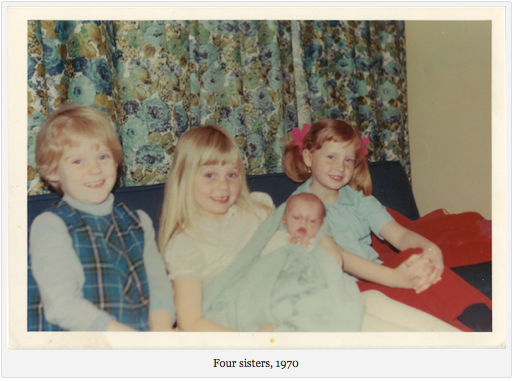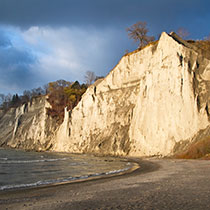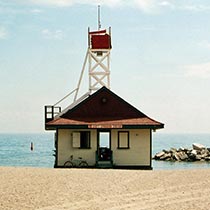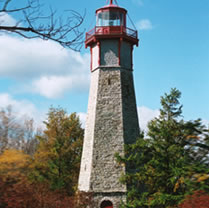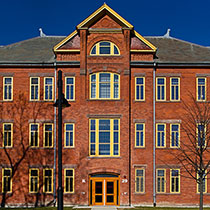My first memories of Prince Edward County are those of a small child, circa 1970. My Dad was a teacher in the days before a university education was a strict requirement of the craft, so every summer when school ended, he put a brave face on, and in search of that coveted B.A., packed up his bags and made the trek east along the 401 to Queen’s University in Kingston.
I can honestly say that I didn’t miss him that much. We children had idyllic and carefree summers, growing up as we did in the early years on the edge of the city, adjacent to the Highland Creek River Valley. Needless to say, the highlight of our summer break was, without a doubt, his triumphant return, and one particularly close August day, my Mum piled us all into the family’s trusty Volkswagon beetle to collect him. We were going on an adventure with a detour in mind: after collecting my Dad, we were off to the bucolic fields and sandy shores of Prince Edward County.
We arrived at night, and when we awoke in the little rickety wooden cottage the next morning, a child’s paradise awaited us on the other side of the screen door. Lake Ontario was bigger and bluer, with higher waves than I had ever known, bordered by seemingly endless dunes of white sand. Best of all, we were with our father, who tirelessly launched us into the waves that in my mind’s eye were as tall as skyscrapers. For that weekend, Lake Ontario was our ocean – our very own Baltic sea.
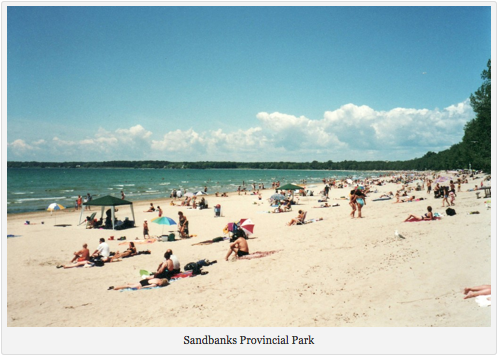
Decades later I rediscovered that loveliness, this time, with my husband Mark. We are the parents of three children of our own, and our family has spent many endless summer days with close friends in North Marysburgh Township, at the waters’ edge, in the heart of the County’s wine country.
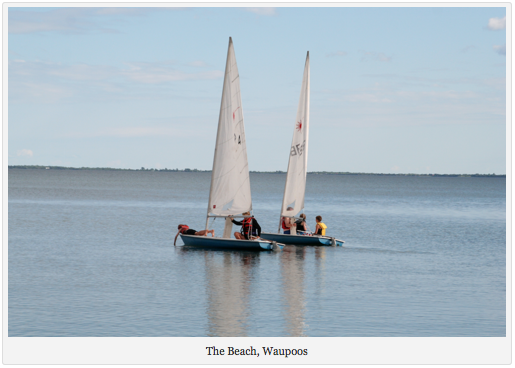
Aside from the strong sense of place that the County evokes, what I mostly love about the County is … well … pretty much everything else. I love the way the old harmonizes with the new, and the sense of respect for the past that has allowed connections with Lake Ontario to be not only preserved, but in many cases, strengthened. Prince Edward County is a waterfront community that works. The County’s largest town, Picton, boasts a number of early Upper Canadian heritage properties, which seem to me at least, to blend seamlessly with the new. Picton is also home to a thriving independent bookstore, Books & Company. This year, I’m honoured to be part of the bookstore’s Prince Edward County Authors Festival that begins today, April 10, and runs to April 12, 2014.
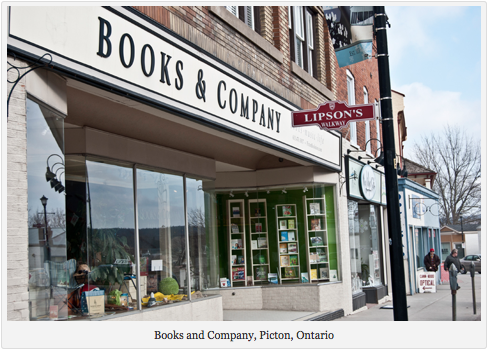
I’ll be discussing Along the Shore and doing a short reading this Saturday morning at 11:00 a.m. I’m still ruminating on my remarks, but what resonates with me now is that Along the Shore, the story of Toronto’s history, landscape and people, evokes a strong sense of place, much like the County does. It’s this sense of place that grounds us, and makes us feel connected, not only to our shores, but to our communities, be they small villages, or metropolises like Toronto.
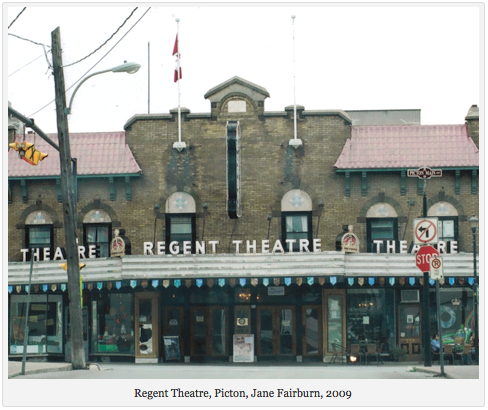
I think it’s also true that Along the Shore may be viewed through a much wider lens, from which the story of the north shore of Lake Ontario may be considered. Whether we live in Toronto, or Bloomfield, or Hillier, we are all waterfront people. Many of the First Nations who came before us, establishing encampments and villages at Toronto, were also present farther east, in what we now know as Prince Edward County.
1759 witnessed the end of the French presence across Lake Ontario, from “le fond du Lac” at Hamilton, to “Fort Rouillé” at Toronto, down to the “Presqu’îsle de quinté” (the region of Prince Edward County), and finally farther east to the strategically significant “Fort Frontenac” at Kingston.
Full-fledged British settlement followed in the late eighteenth century, forests gave way to fields, ships were built and wrecked on distant shores, resort communities developed, and so the beat continues, right up to the present day. We are all an integral part of this evolving story. I look forward to discussing it with you further in the days to come.
Best as always,
Jane



